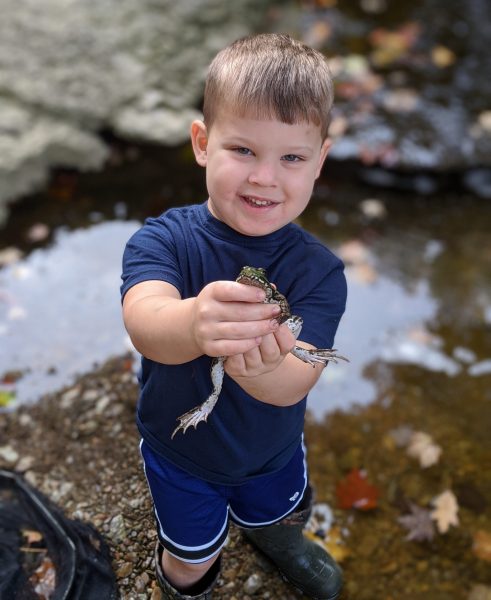
Wyatt was diagnosed with severe aplastic anemia, a form of bone marrow failure, at age 4.
A typical day for Wyatt Brown is spent ‘doing jobs’ around his house like picking up frogs, digging in dirt and learning how to fix things. But last year, just a day after his 4th birthday, Wyatt’s days were anything but typical as he started testing and treatment at the Showers Family Center for Childhood Cancer and Blood Disorders for a bone marrow disorder.
“We noticed he had been tired and had some bruising but, at the time, we just thought it was from being so active,” remembers his mom, Lisa Brown. “He had some red dots (petechiae) on his chest, too, so we thought we’d mention everything to his doctor at his 4-year checkup.”
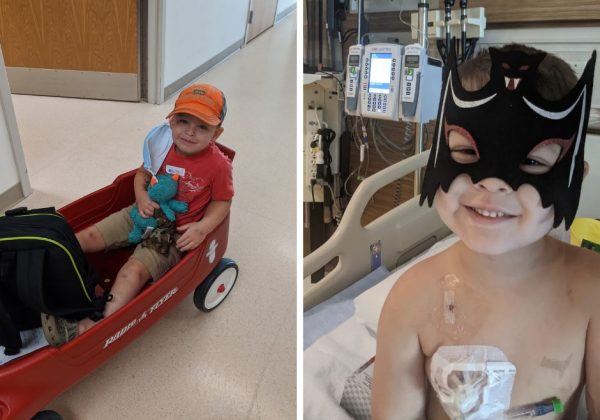
Wyatt’s platelet count was 25 whereas normal counts are 250-500. Treatment included blood transfusions, medications and a bone marrow transplant.
His pediatrician, Iris Castillo, DO of Akron Children’s Pediatrics, Ashland took blood samples to get a closer look at Wyatt’s overall health. The results were concerning so she referred Wyatt to pediatric hematologist/oncologist, Megan Sampson, MD.
Wyatt’s platelet count was extremely low so to get his numbers up, he began platelet and blood transfusions and had a bone marrow aspiration.
About 2 months later, doctors had a diagnosis – severe aplastic anemia, a form of bone marrow failure. As part of his treatment, Wyatt would need a bone marrow transplant. Finding a match can take time and add complexity to care.
“A brother or sister has about a 1 in 4 chance of being a bone marrow match,” said Dr. Sampson. “Within a couple weeks, we determined Wyatt’s little sister, Evie, was a perfect match – meeting 10 out of 10 in HLA (humanLeukocyte antigens) so we were able to get him ready for transplant right away.”
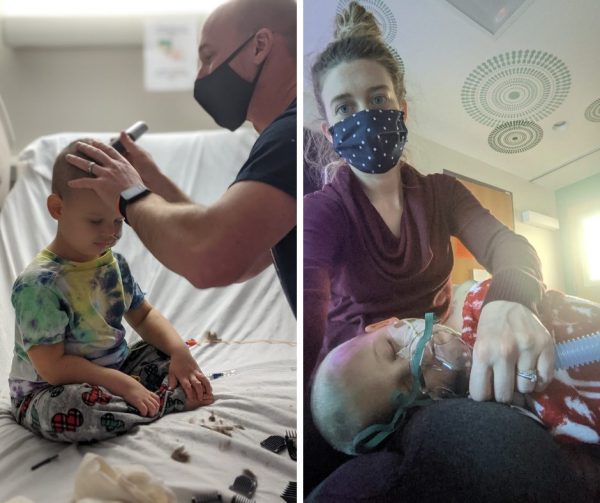
Leading up to transplant day, Wyatt was in a special air-controlled room at the hospital and only his parents could visit him.
Leading up to transplant day, Wyatt continued with other parts of his treatment plan including platelets, blood transfusions, medications and chemotherapy.
“Aplastic anemia is a bone marrow failure disorder, not cancer,” said Dr. Sampson. “However, Wyatt needed chemotherapy to help clear out the old marrow and suppress the old immune system. This allows the new cells transplanted to refill the bone marrow and create a new immune system.”
With COVID-19 still raging, hospital protocols were in place to keep immune-compromised patients isolated for safety. For weeks, Wyatt was in a special air-controlled room that he wasn’t allowed to leave and only his parents could visit him.

Wyatt’s hero is his little sister, Evie, who was on board with helping her big brother get better. Pictured above with his mom and dad and his dog, Ruger.
“It all felt very isolating, but we wanted to do everything we could to keep both Wyatt and Evie from getting sick,” said Jesse, Wyatt’s dad. “We were able to stay at the Ronald McDonald House for 3 months to keep our family close and minimize our risk of exposure. It also helped with Wyatt’s post care that included weekly visits to the Clinic and to occupational, physical and speech therapy.”
On Dec. 1, 2-year-old Evie, full of pride that she was able to help her brother, underwent surgery for the bone marrow harvest that Wyatt would receive the next day.
“It was a wonderful and emotional moment for our family,” said Lisa. “After the actual transplant, it’s pretty much a waiting game – waiting for counts to come up and the risk of infection to go down – while making sure Evie was recovering and cared for, too.”
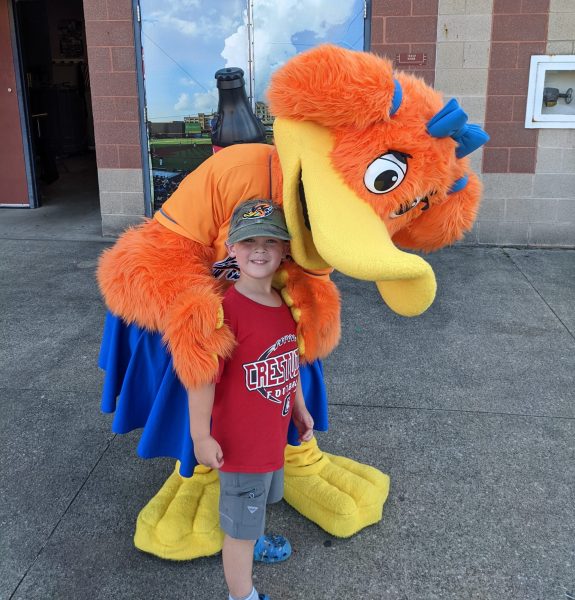
Wyatt got to run the bases at the Showers Family Center for Childhood Cancer and Blood Disorders Celebration Event at Canal Park a year after his treatment began.
A year later, Wyatt is cleared with just monthly check-ins with Dr. Sampson. To cap off his achievement, Wyatt attended the Showers Family Center for Childhood Cancer and Blood Disorders Celebration Event at Canal Park where he got to run the bases!
“It was such a beautiful moment for us,” said Lisa. “To watch our son sprint the bases and then stand so confidently at home plate afterwards, it filled our hearts with so much pride but still some sadness because we know the kind of pain so many kids go through.”
Today, Wyatt is back to typical days of playing outside, which now includes riding a 2-wheel bike! Evie is still the ever-proud little sister, who is quick to remind her brother that she’s his hero.
“We will forever be grateful to Akron Children’s, Dr. Sampson and all the wonderful nurses and doctors there. They genuinely care about Wyatt; it isn’t just a job to them,” said Lisa. “They saved our son’s life and that is a debt we can never repay.”
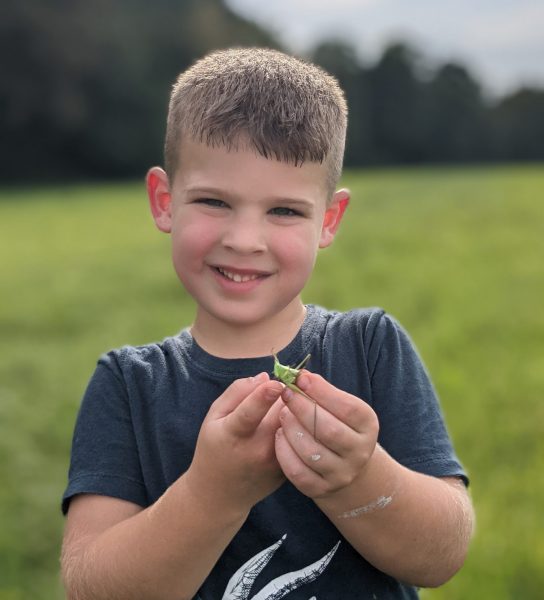
Wyatt is back to his typical days of playing outside and he’s getting ready to start pre-kindergarten at Crestview Local Schools.








